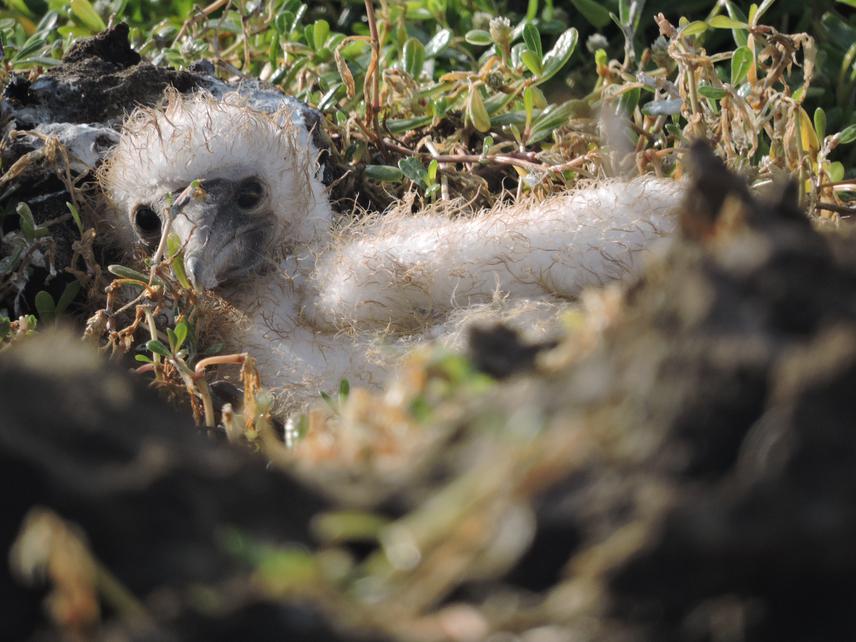Tatiane Micheletti Ribeiro Silva
Other projects
28 Jul 2014
Management of Invasive Species in Islands: The Case of the Rock Cavy in Fernando De Noronha, Brazil
Cats are among 100 of the world’s worst invasive species (Lowe et al. 2000) and are currently the biggest threat to native and endemic species in the Fernando de Noronha Archipelago. The present project aims to relief predation pressure and gather urgently needed information of an invasive feral cat colony that threatens the last breeding sites of endangered marine birds on the archipelago. The information gathered will allow us, together with the local managers, to design a feasible and efficient long-term management plan for these invasive individuals and provide lasting protection for local endemic and native fauna.

During our project funded by Rufford Small Grant (2014) for studying the rock cavy in Fernando de Noronha, we identified an urgent conservation problem: the predation by invasive feral cats threatened endemic reptiles and birds, particularly seabirds that nest on the island. We discovered a small colony of these feral invasive cats inside the National Park portion of the island, and witnessed its devastating actions first hand. Between 2014 and 2015, we found at least 11 tropic bird (Phaethon lepturus, P. aethereus) carcasses with clear signs of cat predation. In 2017, researchers found that endemic native species such as the Noronha elaenia (Elaenia ridleyana), the Noronha vireo (Vireo gracilirostris), the mabuya lizard or Noronha skink (Trachylepis atlantica) and the Ridley's worm lizard (Amphisbaena ridleyi), are among the most important components of the feral cat’s diet (composed of almost 30% of birds and 20% of native reptiles). The Noronha skink (mabuya lizard), a neglected endemic species on the island, was the second most abundant item found in cat’s fecal samples, followed by birds. The lack of further information on this invasive cat colony is the most substantial hindrance on managing these and conserving the threatened native and endemic species.
The present project has three main goals. Firstly, it focuses on gathering vital information on the invasive feral cat colony that resides inside the National Marine Park of Fernando de Noronha. These threaten both marine birds that nest in the main island of the archipelago, and local endemic birds and reptiles. Secondly, it focuses on providing scientific guidance for the local managers for developing a long-term management plan for this invasive species that is compatible with the local reality. The information gathered in the field will be the scientific basis of such plan and we will involve leaders of the local community to provide their inputs on it. At last, but most importantly, the project aims to alleviate the predation pressure on endemic birds and reptiles, and threatened seabirds that use the archipelago as breeding sites. As a main outcome, the present project will provide direct and long lasting benefits to this unique protected area in Brazil.